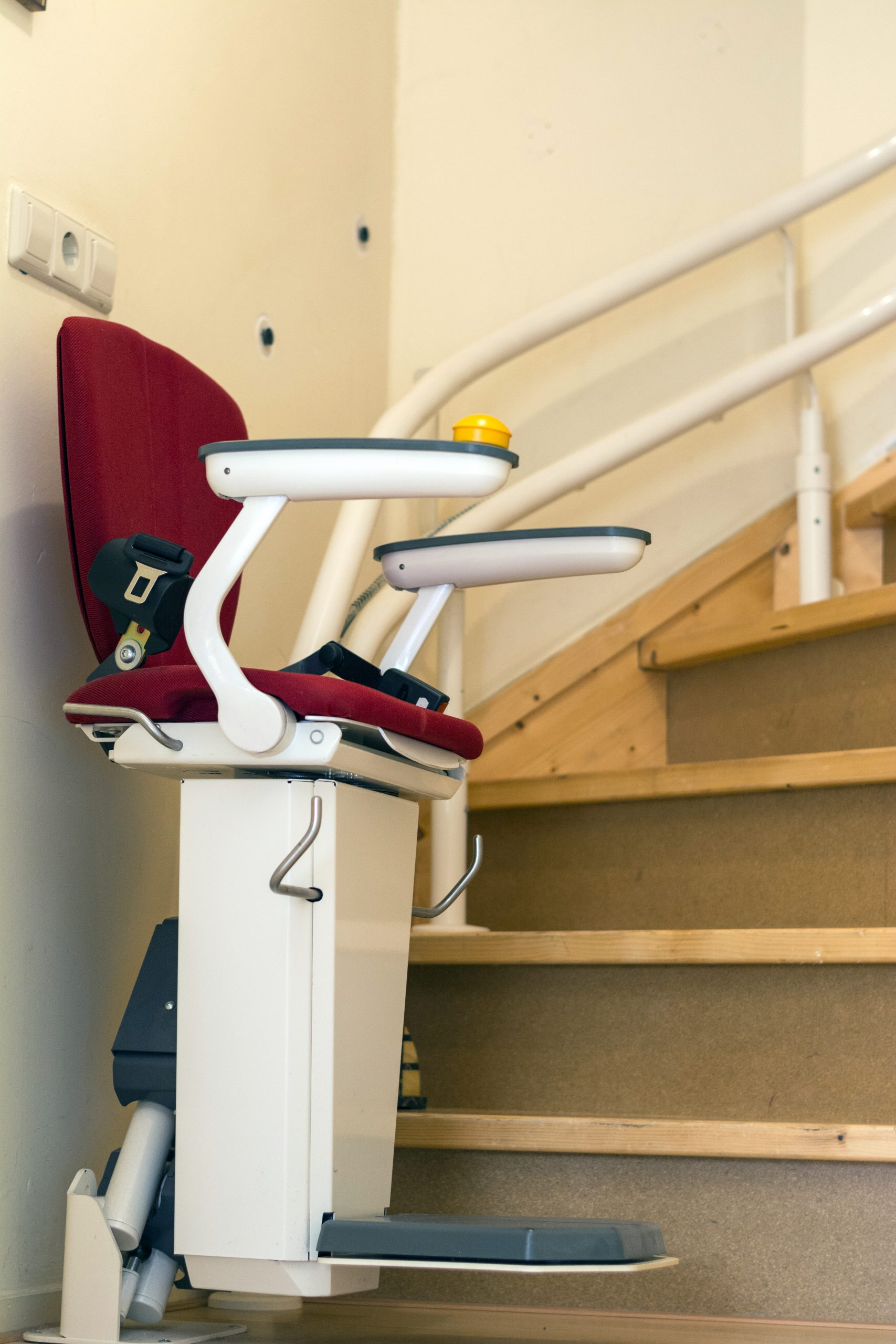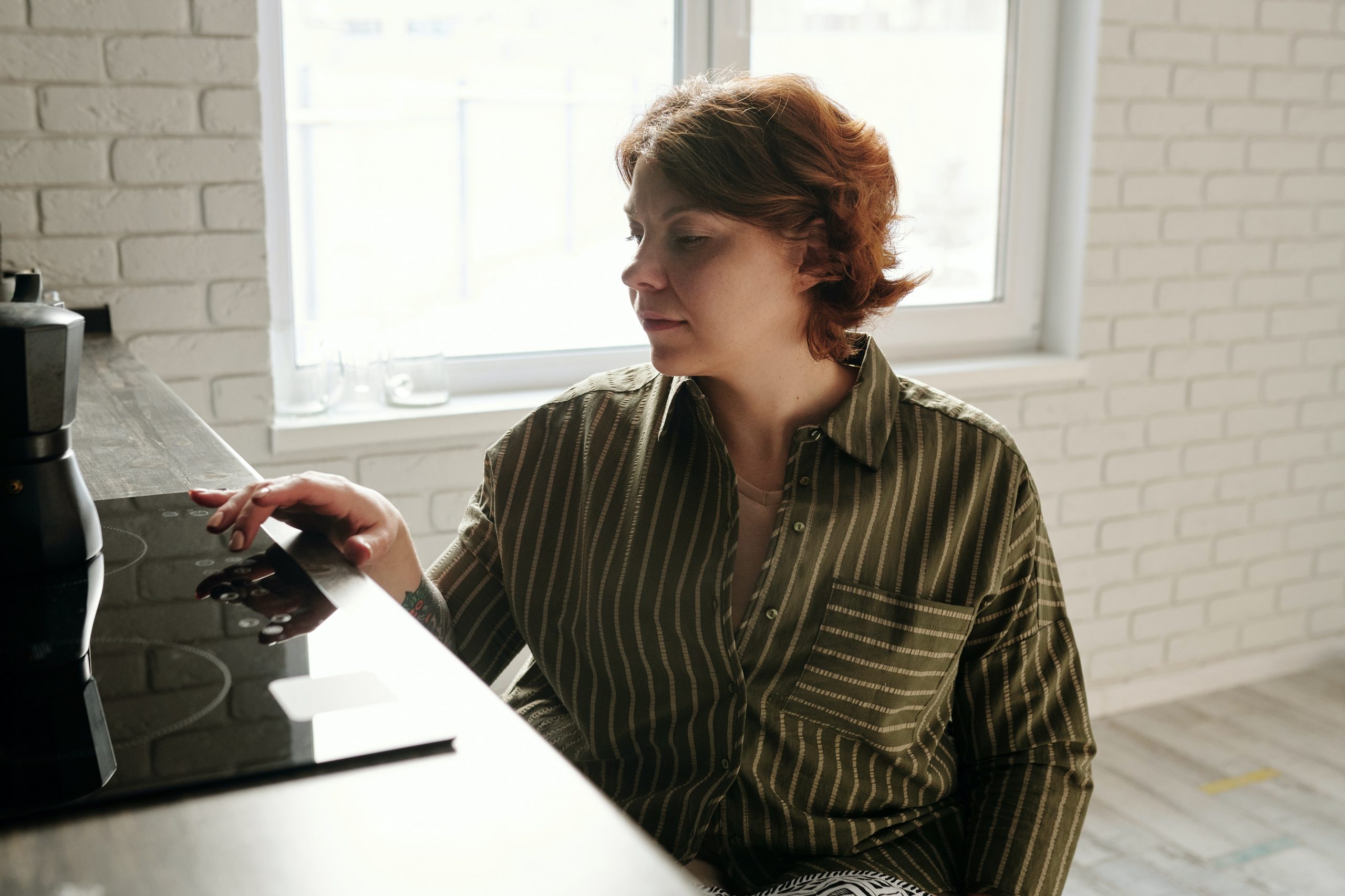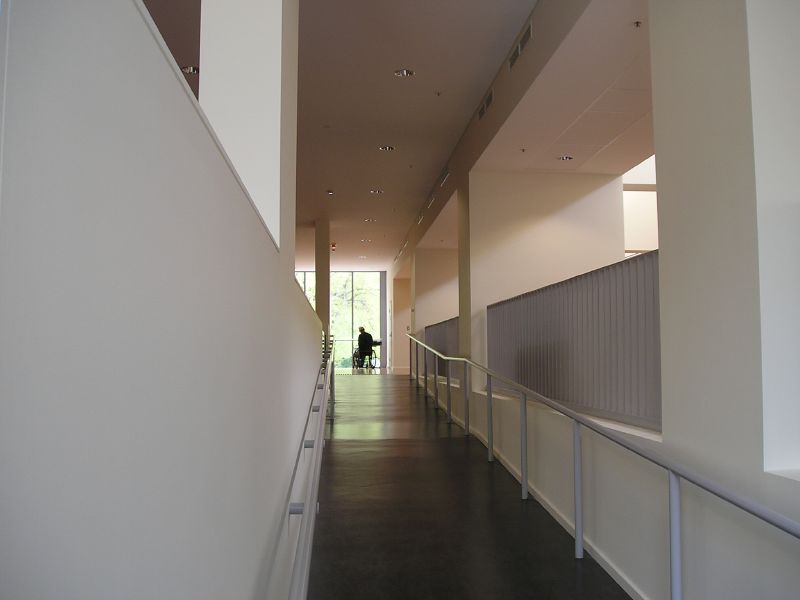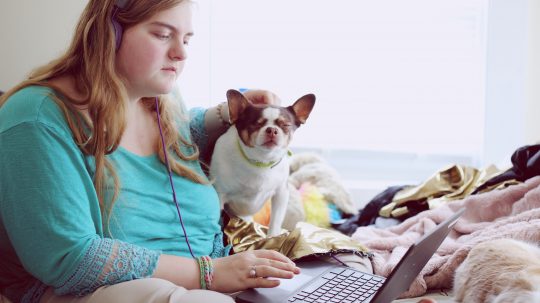A lack of accessible housing in the UK has reached a crisis point, affecting the rights of disabled people. Only 9% of homes in the UK provide features that are accessible, affecting the daily lives of over 1.2 million wheelchair users, who rely on accessible accommodation.
Under the international covenant on Economic, Social and Cultural Rights (1966) housing is not ‘accessible‘ if the needs of ‘disadvantaged and marginalised groups are not taken into account’. However, disabled people are finding it increasingly difficult to find accessible housing in the UK.
The ability to live independently as an adult is also protected in the UN’s Convention on the Rights of Persons with Disabilities and is an issue affecting at least 10% of the UK’s population who’s mobility is affected. In 2018, David Isaac, The chair of the Equality and Human Rights Commission (EHRC) stated: “No one’s right to independent living should be limited by their home.”
However, only 9% of homes in the UK provide features that are accessible, and research shows that more than 400,000 wheelchair users in England are living in homes that are not adapted for their needs.
Christina McGill, interim director of strategy and external affairs at Habinteg Housing Association, told EachOther:
Ninety-one percent of UK homes that exist at the moment, don’t even have the most basic standards of accessibility.
What is accessible housing?

Credit: Alex Pepperhill, Flickr
Accessible housing is accommodation that is well-adapted for people living with disabilities, to make daily life easier and more comfortable.
What accessible housing should offer is a space big enough for wheelchair and mobility aid users to use easily use facilities, like the kitchen and bathrooms. Accessible accommodation should also feature wide entry doorways to allow for wheelchair access and medical equipment.
A common barrier facing accessible housing is that in order to be accessible, entry ways need to be flat, or modified according to needs of the person living there.
Christine Hawkes, a wheelchair user from Blackpool, told us about her experience of inaccessible housing:
“There are some very simple changes that builders could do that would help people who have accessibility needs. What we need is to create homes that have level access to the main entrance for wheelchair users, add a simple roll in shower or a wet room, not a shower cubicle or a shower that requires you to step into it.”
Hawkes added that there should also be “accessibility to the garden or outside area,” as well as raised plug sockets for easy access, staircases wide enough to fit in a chairlift now or in the future, worktops with variable heights, and pull-down cupboards that wheelchair users can reach. Additionally, as part of an acceptable accessible standard, having access to a toilet/washroom near the entrance of the home is important to many people with disabilities.
What makes housing accessible?
Reports by the Equality and Human Rights Commission (EHRC) found that many disabled peoples housing does not have accessible features. The report found that disabled people were often “sleeping, eating, and bathing in one room” because of inaccessibility, with one disabled woman being denied “proper access to any kind of bathing facilities” for at least two years.
Not only should housing be internally accessible, it should be externally accessible too, McGill says when looking for a new place to live, disabled people are asking things like, ‘Is there an accessible transport link nearby?’ If they are a car user, how close is the nearest parking spot for them? Are there local shops close by that would make it easy for them to do daily tasks that other people might take for granted?”
McGill continues: “Social networks to older and disabled people and support networks of different types, it important too. Whether that’s informal support from friends and family, or formal support, is really important. That’s one of the hurdles that people face when they’re looking for somewhere new to live.
How does inaccessible housing affect disabled people?

Credit: ToolDude, Flickr
The EHRC report also found that inaccessible housing can seriously deteriorate disabled peoples mental health.
Which is an experience Hawkes, the aforementioned wheelchair user from Blackpool, has experienced. She told EachOther that she has been severely distressed and frustrated due to her house not being accessible, leaving her unable to complete daily household tasks.
Hawkes described to us her experience of having to gut the houses newly renovated bathroom because it was not accessible to her needs.
It was devastating. I can no longer access the upstairs of the house either. We would have to buy a chair lift [to access it], but even this does not grant me access as the doorways are too narrow for me to use my wheelchair. We had to invest in a new front door to even allow me in as this was too narrow for my chair also.
Hawkes told us that without the support of her husband who is her full-time carer, she would not be able to live in the home she owns. An experience she told us, she has witnessed other go through:
“Whilst I was in hospital, I had to watch two older ladies being told they would have to go into care accommodation because their homes were no longer suitable: it was heart-breaking and something I will never forget,” she added.
What can we expect in the future?
Research by Habinteg published last year showed that the standards of accessibility has fallen when planning new builds. Currently, it is not a legal requirement for new homes to be accessible and adaptable, or available to wheelchair users, and doing so would incur additional costs.
Hawkes says that developers “should be made somewhat responsible for creating homes that allow the buyer to live in them indefinitely, particularly as people are living longer”.
In 2020, the government held a consultation into accessible housing. In a forward by Robert Jenrick, Secretary of State for Housing, Communities and Local Government, he called for more accessible housing to be built in the future:
It’s vital that we start building more accessible housing for older and disabled people now. People are living longer lives and the proportion of older people in the population is increasing. In mid-2018, there were 1.6 million people aged 85 years and over; by mid-2043, this is projected to nearly double to 3.0 million
“We’re hoping is that the government will be looking to upgrade the minimum standard of new housing so that it is more accessible an adaptable. Local authorities won’t have to set an individual policy, there will be a national baseline, which will really improve the level playing field for developers up and down the country,” she explained.
“That’s one of the big challenges that we’re hoping will be smoothed out. We need the people in the industry who are delivering on [the standards] to have a really good understanding of what is required,” she added.
What can we do now?

Credit: Marcus Aurelius, Pexels
According to McGill, the next steps are to increase awareness and that it starts with local authorities.
“At the moment, your local planning policies are still part of the mix and there’s a democratic process linked to the review and publication of planning policies. Every local authority should be reviewing their policies every five years, so that’s a really easy way of having your say,” she explains.
If you or someone you know has a particular need, it’s important to raise awareness about the issue with your local MP, councillors, and amongst local action groups.
“There’s always a consultation that’s open to the general public or to organisations. If you’re a member of a Disability Action Group in your local area, get stuck into giving a response to your local planning authority and to make sure that you feel that they are adequately reflecting the needs of disabled people in your area.”
Is something happening in your local community that you think we should know about? We are keen to hear your stories and experiences so we can amplify voices from across the UK, helping to ensure they do not go unheard. If something is happening in your community that relates to human rights, drop us a line at editorial@eachother.org.uk.




